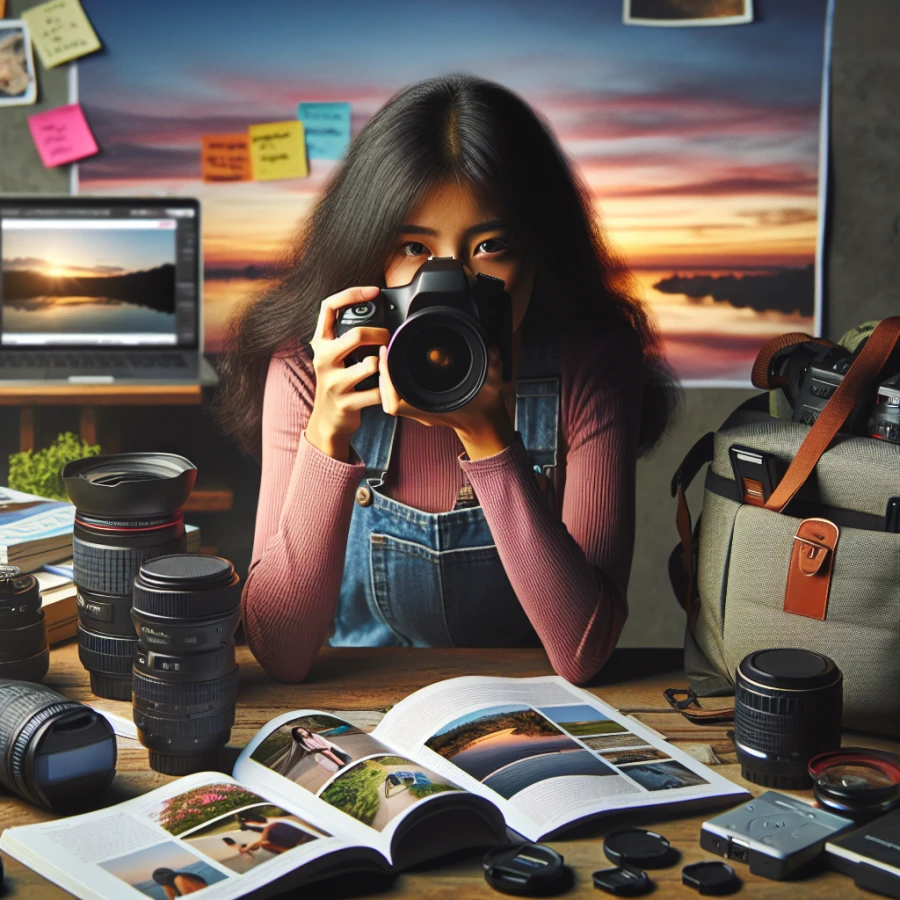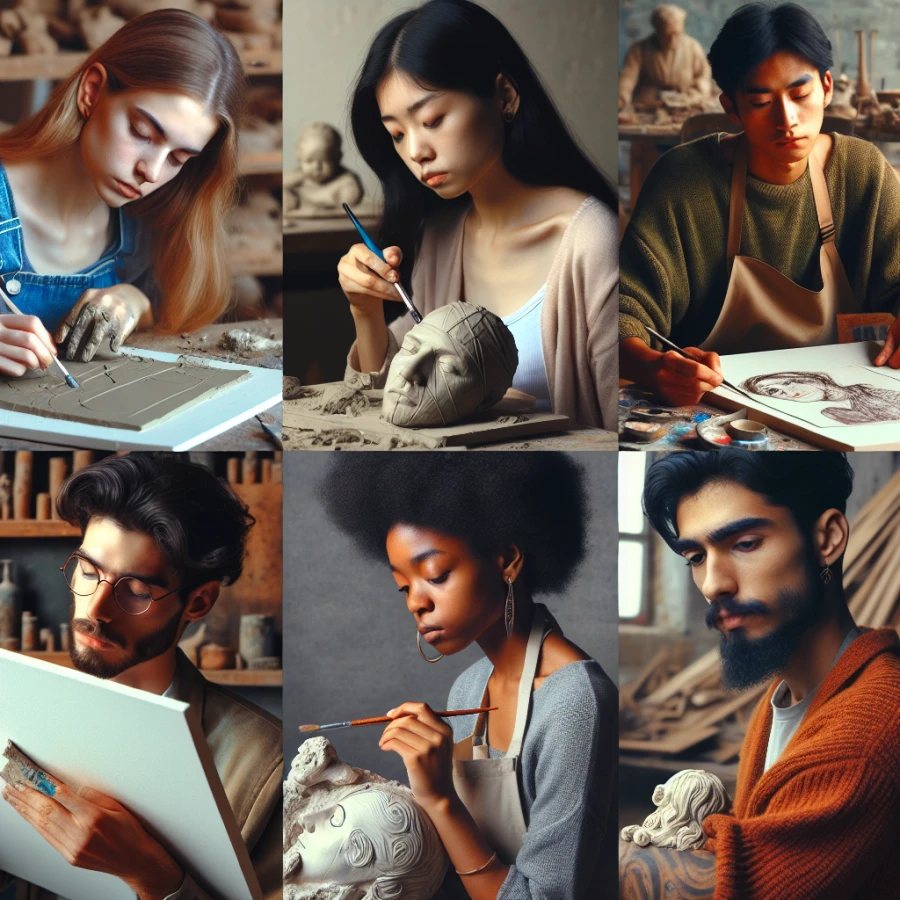Behind the Lens: How Contributors Create Unique Visual Stories
Great photos and videos aren’t accidents. Contributors turn everyday scenes into narratives by mixing curiosity, craft, and intention. Here’s how distinctive visual stories come to life—from the first spark to the final export.
Finding the Story Seed
Unique images start with a point of view: What emotion should the viewer feel, and why now? Contributors look for specific, human details that make a scene feel lived-in rather than staged.
- Micro-moments: a quiet commute, a quick hug, a messy desk after a win
- Local textures: signage, weather, architecture, dialects of light
- Contrasts: old meets new, analog vs. digital, chaos vs. calm
- Real people: authentic routines, unpolished expressions, honest spaces
Designing the Visual Language
Before the shutter clicks, the idea becomes a plan—color, light, composition, motion, and sound (for video) all serve the story.
- Define the message and audience: one sentence that guides every choice.
- Build a mood board: palette, references, framing, texture, pacing.
- Scout and prep: locations, permits, time of day, backup options.
- Cast thoughtfully: real subjects, inclusive representation, releases.
- Write a shot list: anchors, cutaways, alt angles for coverage.
On Set: Cultivating Real Moments
The camera records, but the contributor directs energy. The goal is to create space where genuine behavior happens.
- Start with candid warm-ups to reduce self-consciousness.
- Direct with verbs (“reach, glance, lean”) instead of poses.
- Move the camera: change height, distance, and lens for rhythm.
- Embrace imperfections: wind-blown hair, overlapping dialogue, laughter.
- Document context: room tone, ambient details, establishing frames.
- Respect consent and safety; keep communication open and clear.
Editing and Sharing with Intention
Post-production shapes meaning. Sequencing, pacing, and color guide the viewer’s eye while captions and metadata help the work be found.
- Cut for clarity: remove anything that dilutes the message.
- Grade to theme: cool for distance, warm for intimacy, neutral for trust.
- Deliver for platform: crops, subtitles, accessibility, alt text.
- Tag smartly: accurate keywords, location, and context for discoverability.
Behind every striking frame is a chain of decisions. Contributors who listen to their subjects, plan with purpose, and edit with empathy turn simple scenes into visual stories that linger.



